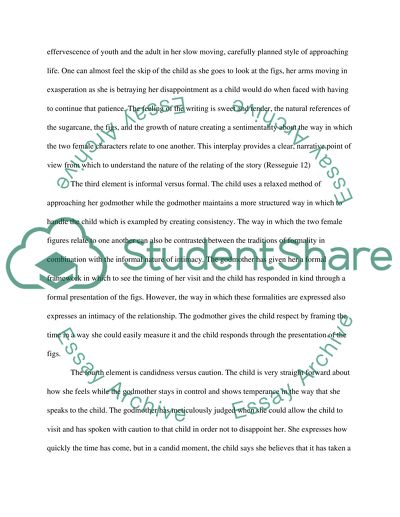Cite this document
(“The Polarities in Kate Chopins Short Story Ripe Figs Research Paper”, n.d.)
Retrieved from https://studentshare.org/literature/1411770-the-polarities-in-kate-chopins-short-story-ripe-figs
Retrieved from https://studentshare.org/literature/1411770-the-polarities-in-kate-chopins-short-story-ripe-figs
(The Polarities in Kate Chopins Short Story Ripe Figs Research Paper)
https://studentshare.org/literature/1411770-the-polarities-in-kate-chopins-short-story-ripe-figs.
https://studentshare.org/literature/1411770-the-polarities-in-kate-chopins-short-story-ripe-figs.
“The Polarities in Kate Chopins Short Story Ripe Figs Research Paper”, n.d. https://studentshare.org/literature/1411770-the-polarities-in-kate-chopins-short-story-ripe-figs.


